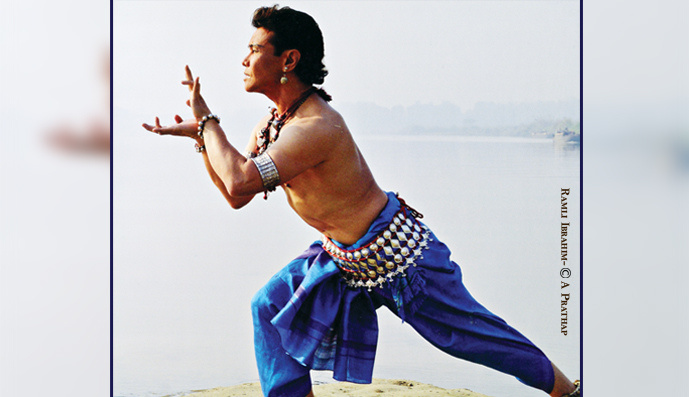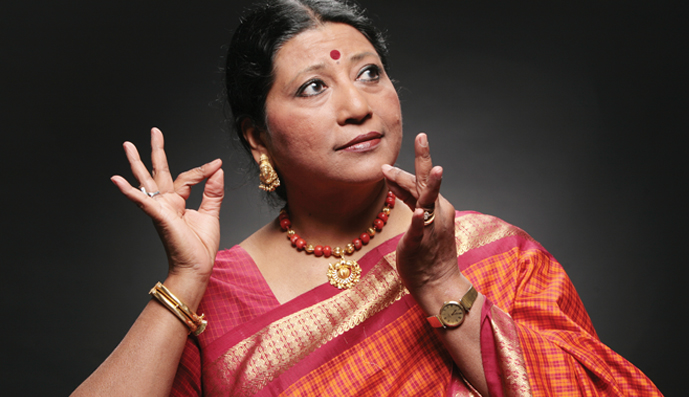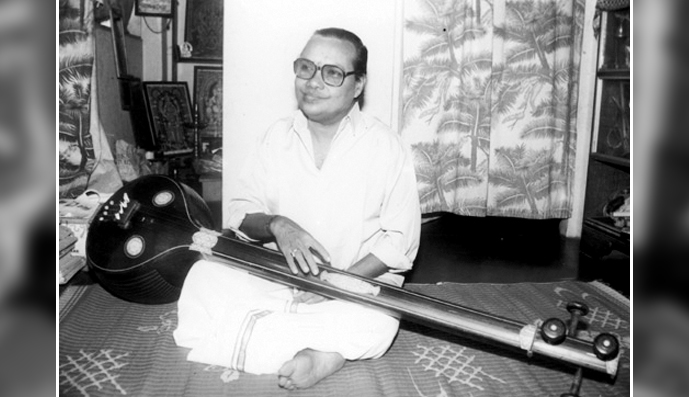Datuk Ramli Ibrahim (recipient of the honoured title given by the Malaysian government to citizens for their outstanding contribution in various fields) was born to dance. Sixty six-year-old Ramli was born on 20 May 1953. In his own words “The gift of talent is a golden opportunity to fulfil one’s reason for being”. It is not easy to introduce this iconic artist who is Malaysian by birth, Indian at heart, and a free spirit by nature. Ramli is a classic example of one who has transcended barriers with his art. Recognised by the Malaysian government for his artistic contribution, India too has rightly recognised his artistry by conferring on him, the Central Sangeet Natak Akademi Award in 2011 and the Padma Shri in 2018.
Destiny has a way of illuminating our path in mysterious ways. Who would have thought that a young, up-and-coming but disillusioned dancer who left Bharatanatyam and her home country at the peak of her performing career would rule the cultural scene in the United States years later? Hema Rajagopalan is one such artist. As the Founder and Artistic Director of Natya Dance Theatre in Chicago, she has won accolades for her choreography and teaching. Ironically, it took a move across the seas for her to rediscover her passion for Bharatanatyam. An artist who has established herself as a seasoned performer, teacher, curator and administrator over the years, Hema Rajagopalan, who turns 70 on 28 October 2020, shares her experiences with Sruti.
Neyyatinkara Vasudevan shone like a meteor in the field of Carnatic music. Hailing from a humble background, he attained success as a vocalist and teacher against heavy odds, facing many rough patches along the way. Born on 24 August 1940, as the son of a Dalit woodcutter, in rural Thiruvananthapuram district (Neyyattinkara), Vasudevan went on to become a leading vocalist from Kerala. Lord Krishna was the presiding deity of the local temple in Neyyatinkara. Just like Krishna, Vasudevan was born at midnight on Gokulashtami, and the family naturally believed that this child would bring good luck to them. Vasudevan was the third among five siblings. Vasudevan’s parents, Narayanan and Rajamma strove to impart good education to the children. Narayanan was adept in playing the nagaswaram, but worked as a woodcutter for his livelihood. The family lived in deep penury, in a thatched hut lit only with a kerosene lamp, in the village of Athazhamangalam in Neyyattinkara.
It would not be an exaggeration to use the phrase ‘vishaanu-rogaanaam kovida: covid’. The Sanskrit word kovid means ‘skilled’; it does appear that Covid seems to be the most skilled of viruses in sticking on to human bodies and living its course. Every theory on its functioning is being exhausted by the day as we are probably close to the half-year mark ever since the world first came to know of it. We are uncertain as to when ‘Covid-19’ would become a thing of the past; the only certainty that we have in our hands is that the world in general, and the world of art in particular, have been irrevocably transformed.
CONTENTS
5 Snapshorts
6 News & notes
10 Birthday calendar
12 Spotlight v Covid-19 and the arts
22 Ramli Ibrahim
30 The Indian diaspora v Hema Rajagopalan
38 Musicians of Kerala v Neyyattinkara Vasudevan
46 Analysis
v Unpublished varnas of Walajapet Venkataramana Bhagavatar
v Varnam in Bharatanatyam
52 Wellness v Performing artists and stress
54 From the Editor
Front
Cover: Ramli Ibrahim and Hema Rajagopalan
(Background image: Parasurameswar
temple facade, Bhubaneswar
Photo by A. Prathap)
No.
429






